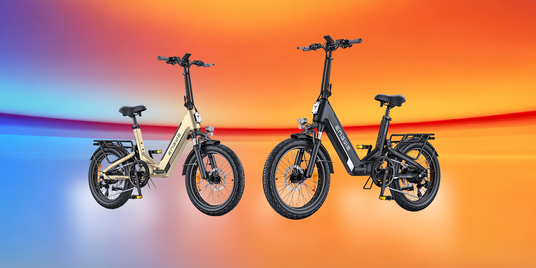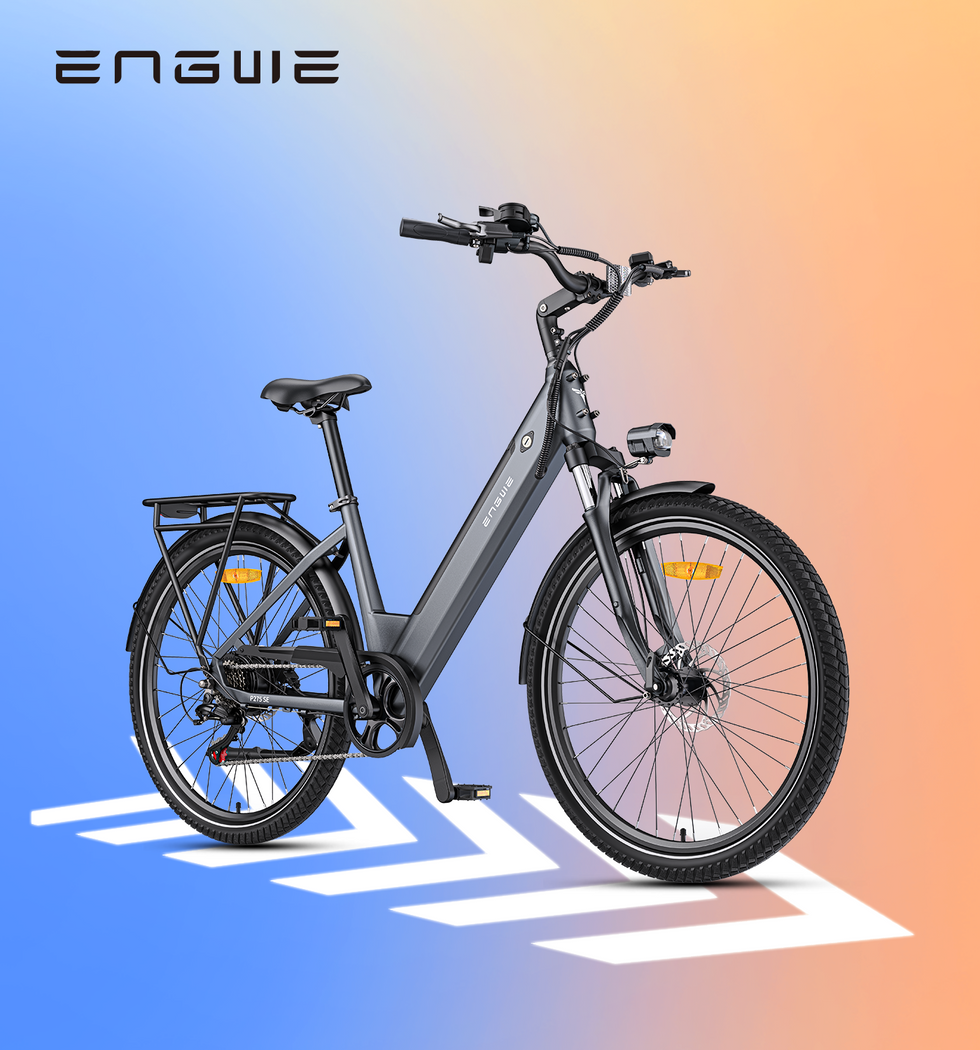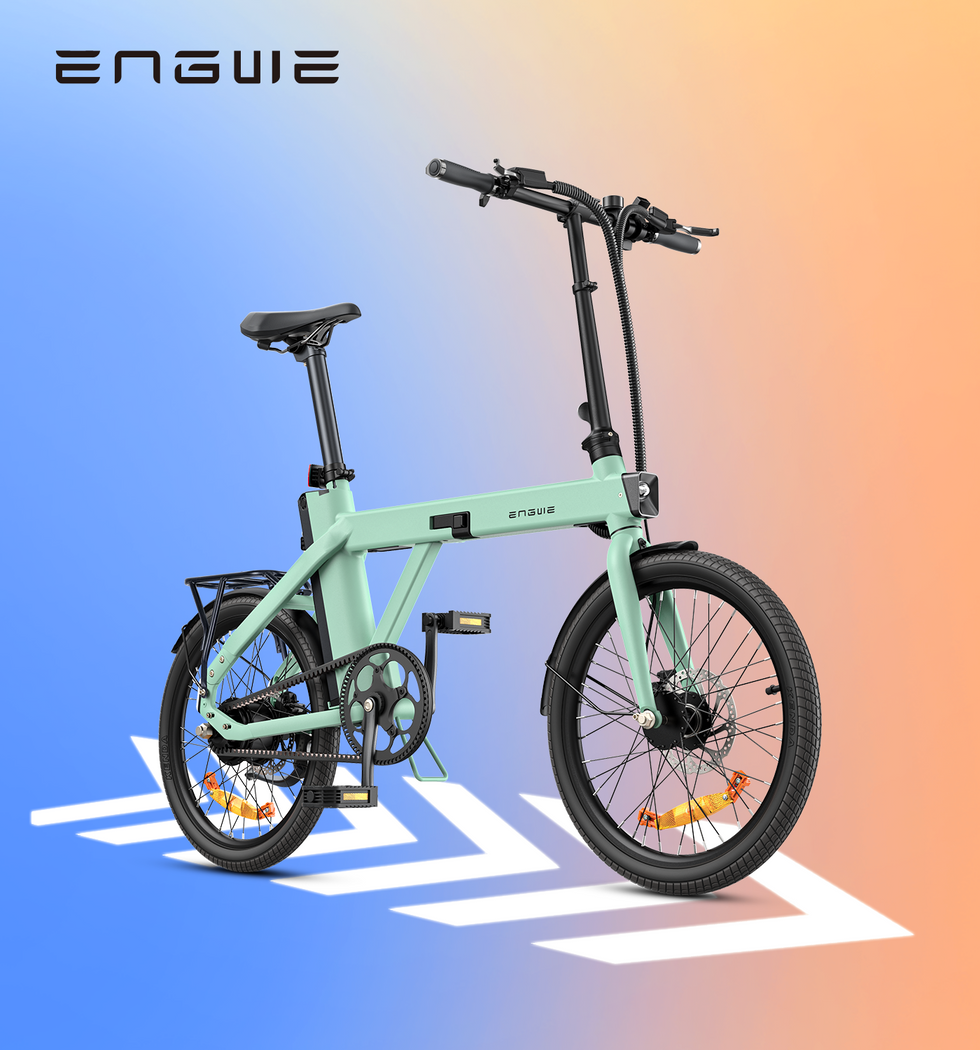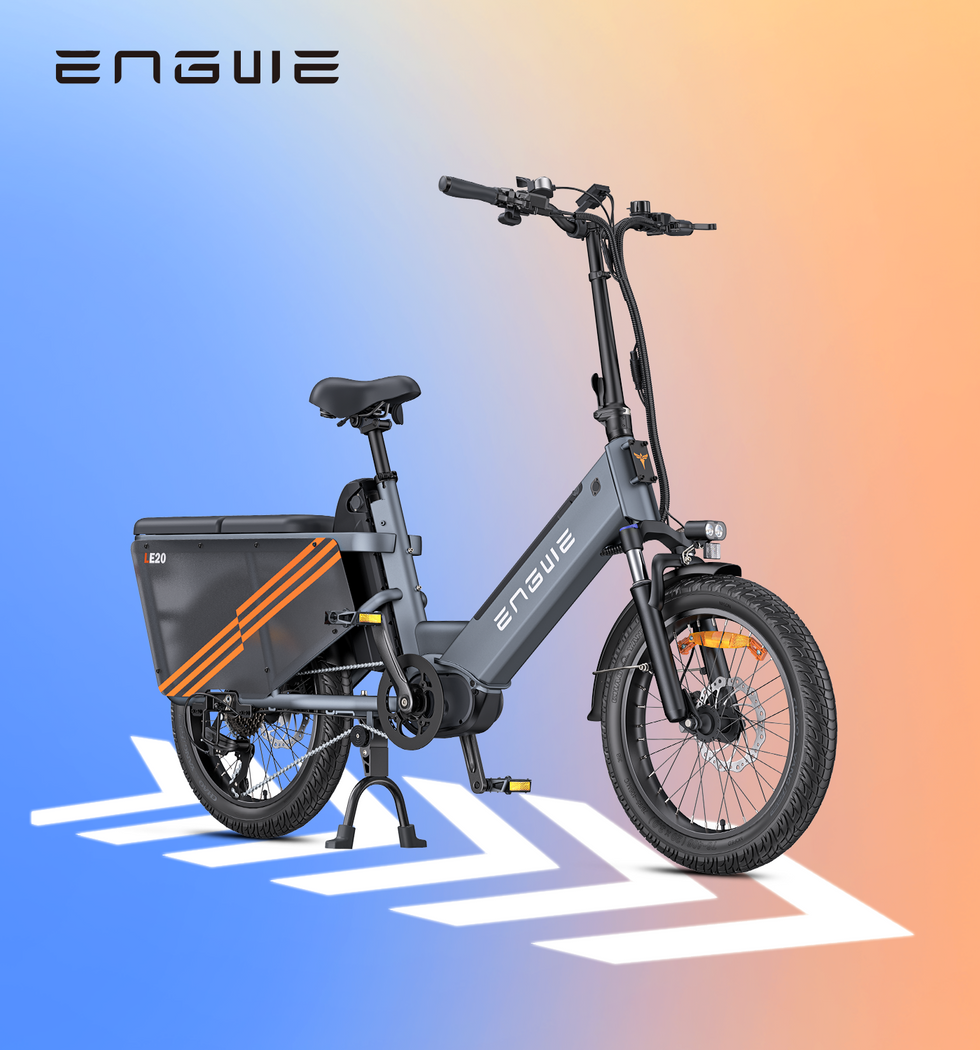Your electric bike is your ticket to freedom, but that freedom is only as good as the thing you tether to a wall for 6-8 hours: the electric bike charger. It’s the lifeblood for your adventures. I’ve been there, the utter panic that comes when a charger disappears right before a big ride, or the confusion when a new one just doesn’t seem to work. This is not just about plugging a cord into your wall; it’s about grokking the heart of your e-bike’s power system so it will last a long time, be safer for you to use, and remain spry while doing it. Let’s take the mystery out of it, from when you need a replacement pronto to habits that will help you ride for years ahead.
The Desperate Search for a New Charger
The most common reasons that someone would be looking for an electric bike charger are because they lost their charger, it was stolen from them or their garage, or their dog ate it. The gut-first response is to search online for a fast, cheap replacement. Stop. This is the most important decision you will ever make for your battery’s health. At best, a bad charger won’t give your battery the right amount of juice; at worst, it could cause permanent damage and even present a fire risk. Your first option can't be better than getting in touch with the original manufacturer of your electric bike. They'll sell you exactly the approved charger for your particular battery management system (BMS). If that’s not an option, you have to become a detective. Check to see if your battery (or old charger) has a specifications label on it. You are after two important numbers: Voltage (V) and Amperage (A). Voltage cannot be compromised; it must be the same as your battery -- do not deviate (e.g., a 48V lithium battery requires a 48V charger). The amperage determines how quickly you can charge; sometimes you can get away with one that is lower (just know it will charge slower) but using one that is much higher than what the device was designed for can put stress on a battery. Finally, check the physical connector. That can be less universal, so you’ll need to make sure that the new charger’s plug fits your bike’s charging port perfectly.
Decoding Your Charger: The Volt-Amp Circuitry Maze
Stepping into the realm of electric bike chargers can be akin to learning a new language. Let’s make it simple. Picture your battery as a pail that you must fill with water. The Voltage (V) is the pressure of the water. Pressure that’s too low (like a 36V charger for a 48V battery) and you don’t get enough ‘strength’ to fill the bucket. If the pressure is too high (52V charger for a 48V battery), you may burst the bucket. This is why the voltage must be exact. The Amperage (A) refers to the width of the hose. A 2A charger is like a standard garden hose, while a 4A charger is like a wider fire hose. Both will fill the bucket, though the 4A charger will do so quicker. Your battery’s capacity is expressed in Amp-hours (Ah) and this is the size of your bucket. A 13Ah battery charged with a 2A charger would in theory take 6.5 hours to charge from empty to full (13 Ah / 2 A = 6.5 hours). Lastly, it is the connector plug which denotes the particular nozzle at the end of the hose. They range from the usual barrel-style plug, the older style 3-pin XLR, and proprietary square plugs. Here, no experimentation is allowed; it has to work 100%.
| Term | Analogy (Water) | Function |
|---|---|---|
| Voltage (V) | Water Pressure | The 'strength' of the charge; must match the battery. |
| Amperage (A) | Hose Width | The speed of the charge; a higher number is faster. |
| Amp-hours (Ah) | Bucket Size | The battery's total capacity. |
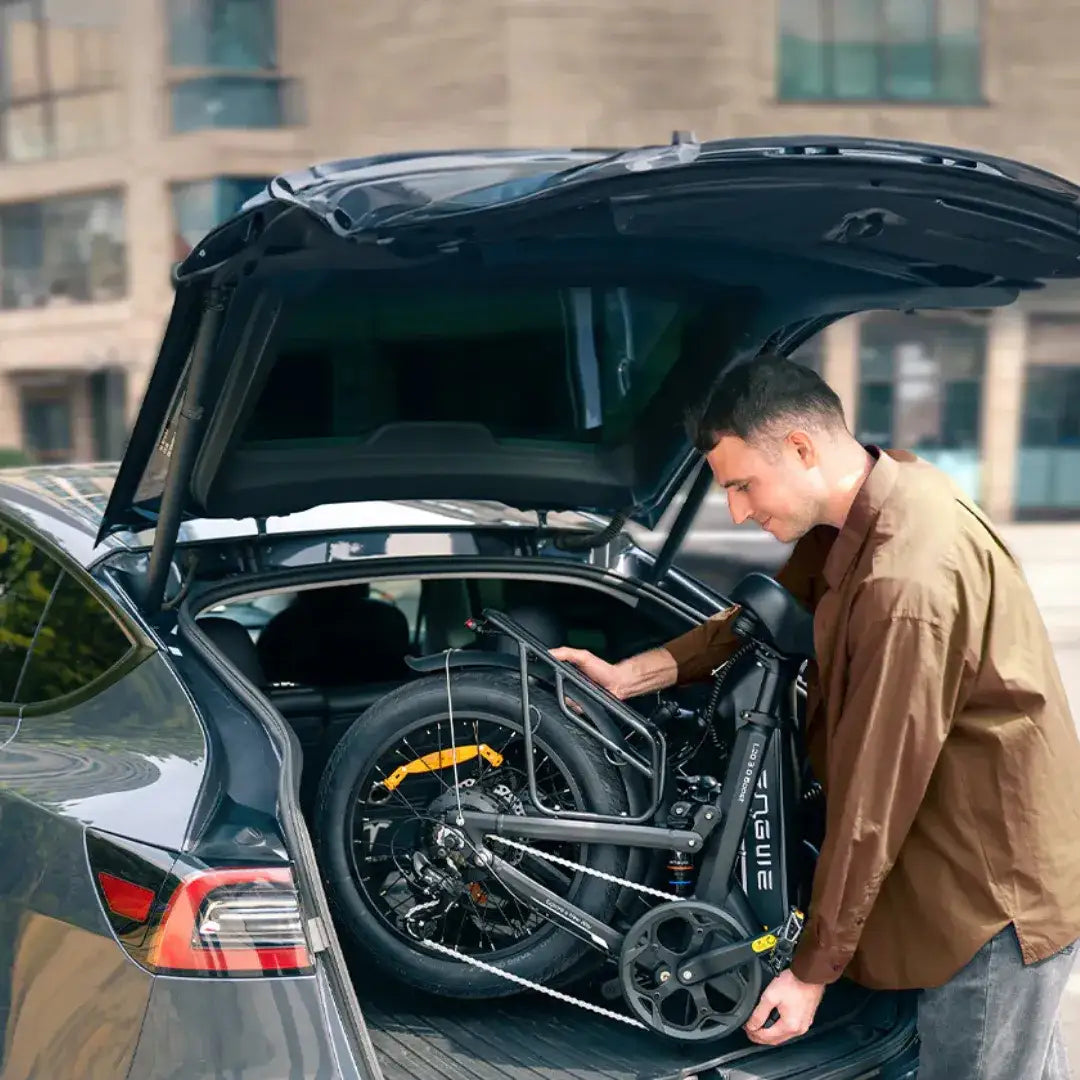
All these geeky details underline why it’s important to choose a brand with an ecosystem that is complete and credible. When the bike, battery, and charger are developed together, no guessing is necessary. ENGWE is a pure embodiment of this philosophy. They know that an awesome ride experience includes charging the bike easily and safely. This is so that the included charger is made specifically for the battery's unique chemistry and management system. For example, consider the adaptable ENGWE EP-2 Boost. It comes with a strong 48V 13Ah lithium-ion battery that can be removed. The charger included has been developed to be able to charge this model quickly and safely, with its relatively large maximum range of 120 km. Since the battery is removable, you can avoid leaving it outside where it could be damaged by extreme weather or stolen, and instead bring it indoors to charge at your convenience. With its robust 250W motor and ability to boost up to 55 Nm of torque in Boost Mode, it’s capable of the most demanding cycling terrain. With 4.0” fat tires and an intelligent torque sensor, this bad boy was designed to withstand the most demanding rides possible. Purchasing from a brand such as ENGWE also ensures you're not just purchasing an electric bike, but investing in a well-thought-out system where everything, including the all-important electric bike charger, works hand-in-hand.
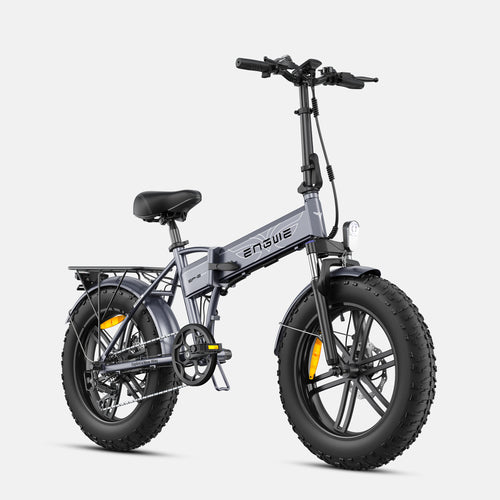
Smart Charging Tips for Longer Battery Life
How you charge can have a huge impact on the life of your most expensive bike component — the e-bike battery. Take care of it properly and you can double the number of useful charge cycles. First, embrace the 20-80% rule. Throughout their life cycles, lithium-ion batteries are at their happiest when they’re kept between 20% and 80% of full charge. Charging to 100% and running it down to 0% all the time stresses the cells. You’ll want to aim to keep it in this ballpark for your daily commute. Only charge to 100% when you are certain that you need the full range (like if you were about to embark on a long trip). Second, temperature matters immensely. Never charge a battery after you’ve had a long ride on it, so that it’s hot, and never charge a cold one. Let it come to room temperature first. Charging in a hot garage, or worse yet in direct sunlight, is a way to make the battery degrade faster. Third, don’t leave it on the charger for days on end. Even though today’s smart chargers are designed to stop charging when the battery is full, you should follow best practice and unplug it once the light turns green.
Charger Safety: First Things To Avoid
Cheap, un-certified electric bike chargers are all over the internet. Using one of these is like playing Russian roulette with your property. Many of these chargers are not equipped with the necessary safety circuitry to prevent overcharging, short-circuiting, or overheating, which are some of the main sources of battery fires. Always use a certified charger — that’s the one that came with your e-bike. And, as we learned earlier, you might just be best off sticking to the original manufacturer for this. In addition to the charger itself, develop good habits. Check the charger and cables regularly for signs of damage, such as fraying or cracking. Replace it immediately if you see any. Charge your battery in an open area on a hard, non-flammable surface. Do not charge on a carpet, a bed, or near anything flammable. This isn’t being paranoid; it’s acknowledging the massive amount of energy you have sitting in your battery and making sure you’re staying safe and your home is too.

We're here to give you some fast options as well! The “fast charger” is the most popular upgrade. It’s just a charger with a higher amperage (i.e., 4A or 5A versus the standard 2A), meaning it can shave hours off your charging time. This can be a lifesaver if you just want to top the power up during a lunch break on a longer tour. However, there's a trade-off. Charging with a fast charger all the time will increase the temperature, and in the long run, it'll be more stressful for your battery cells, thus slightly decreasing its total life. Perhaps it's best as a special-occasion tool, not an everyday one. For travel, there are 12V car chargers that can plug into your car’s accessory socket. Those are great for charging on the way to a trailhead, but make sure you buy a solid unit that can handle the draw without frying your vehicle’s electrical system.
Frequently Asked Questions
1. Is any 48V charger suitable for my 48V electric bike?
Even if you match the voltage, that is no guarantee it will work. Also, the plug from the connector must be the matching one, and for sure there is some kind of communication inside of the charger which has to work together with the BMS on board. The best bet is always the charger that your battery was designed for by the bike maker.
2. How bad is it to leave my electric bike charging overnight?
If you're using a modern, quality charger, most of them are 'smart chargers' that shut off (or at least start trickle charging) once the battery is full, so it's usually okay. Even so, it is a good idea to unplug the charger after the battery is fully charged or a few hours after it is complete.
3. What do the red and green lights mean on my charger?
A steady red light usually means that the charger is charging. A continuous solid green light will tell you that the charge cycle is finished and the battery is full. If it is flashing or a different color, refer to the manual of your charger, as that may be an indication of an error.
4. How can I tell if it's my charger or the battery that is bad?
The simplest test for this is to try a known-good device. To the extent possible, try your charger on a friend’s compatible bike or their charger with your battery. If a different charger works, it’s probably your charger. If neither charger does the trick, there may be a problem with your battery’s charging port or the battery itself.
5. Why are inexpensive online chargers so dangerous?
Cheap, unbranded chargers tend to skimp on important elements such as safety designs, quality components, and proper certification. They can also lead to improper voltage regulation, no overcharge protection, and use of poor-quality wiring, which greatly increases the risk of your expensive battery becoming damaged or, worse, even catching on fire.
Your horses are only as good as the power they receive.
